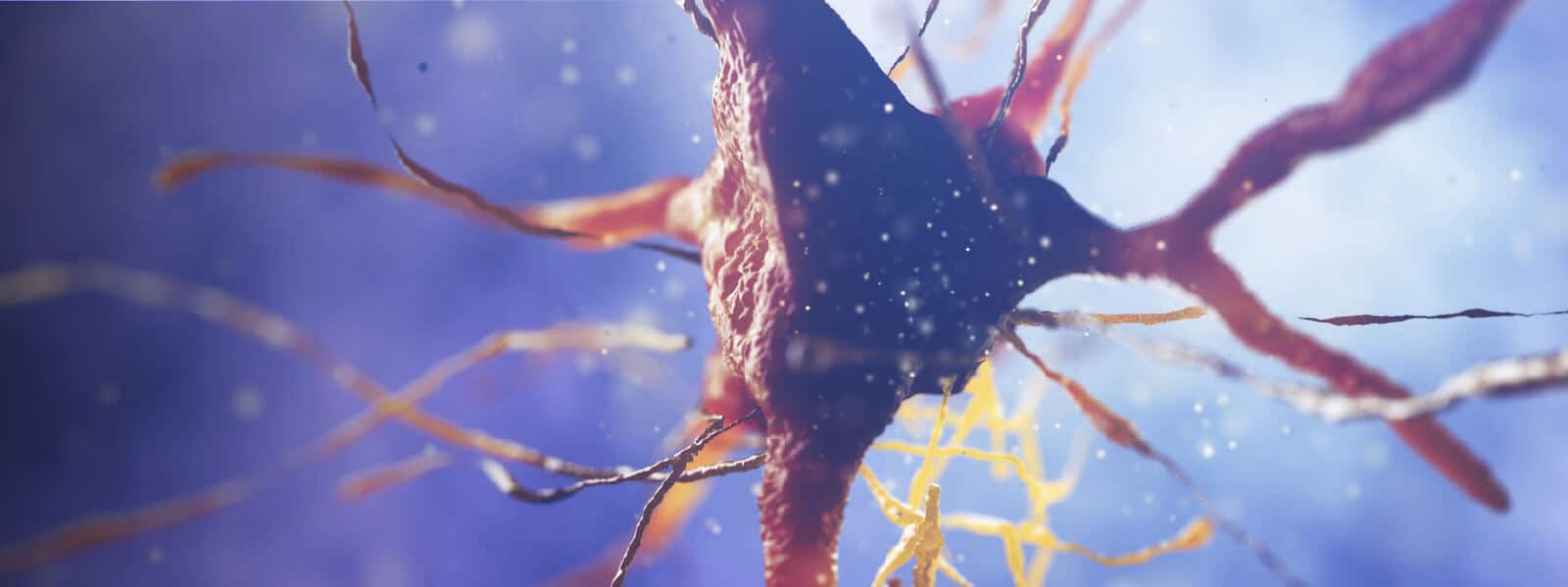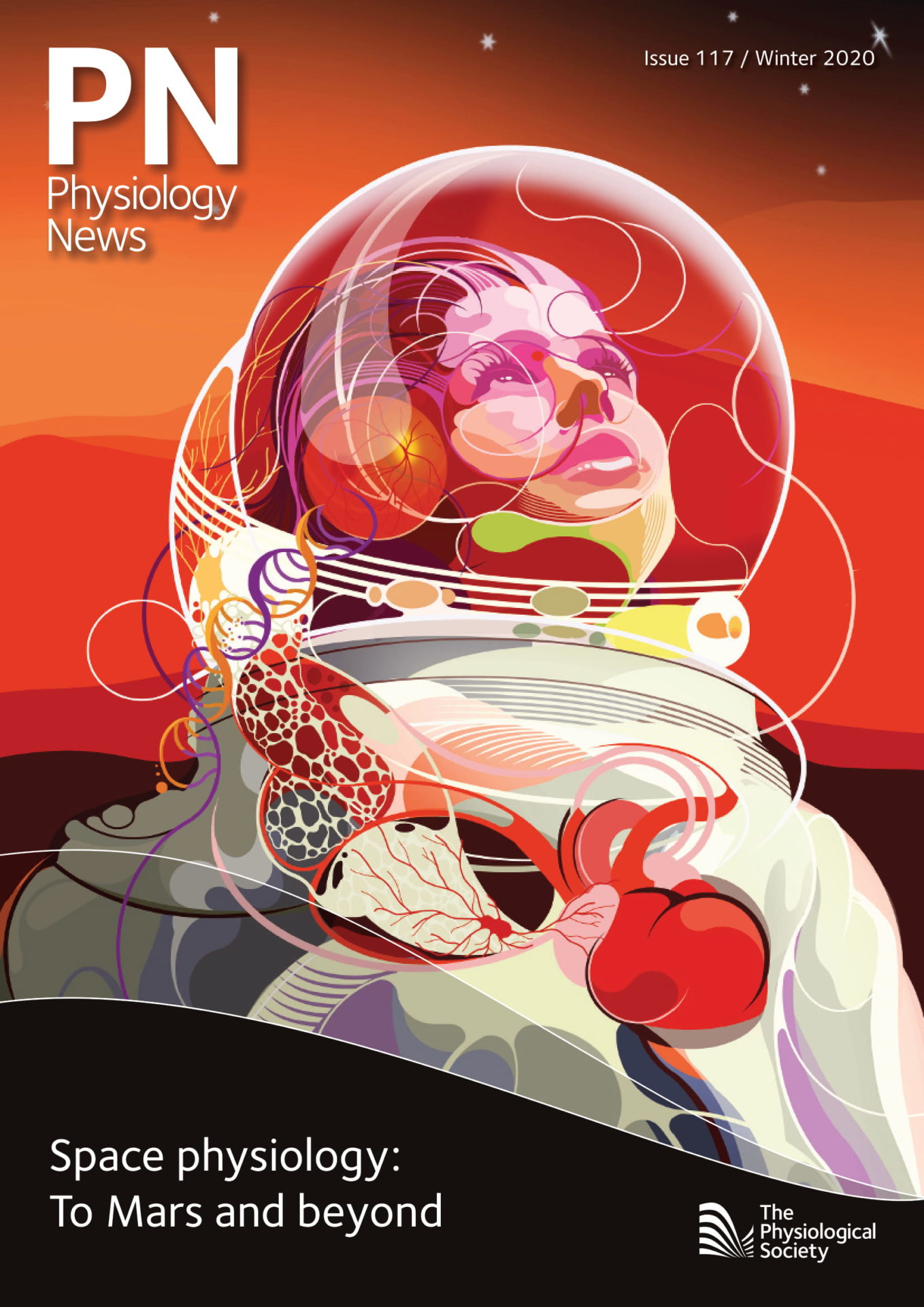
Physiology News Magazine
Physiological discoveries abound within NASA samples
News and Views
Physiological discoveries abound within NASA samples
News and Views
Elizabeth Keller
NASA Ames Research Center, CA, USA
Ryan Scott
NASA Ames Research Center, CA, USA
https://static.physoc.org/app/uploads/2020/01/30134525/pn.117.12.figure1.jpg

Before humans risked their lives launching into space aboard the Vostok Program and Mercury Project, various organisms were flown to determine if it was possible for life to survive spaceflight. For decades, NASA, along with international partners, have continued sending biological experiments to space. Potential biological hazards from spaceflight include decreased gravity, increased exposure to radiation, altered light-dark cycles, and loads experienced during launch and landing. It is imperative to understand the basic science and health risks associated with spaceflight, along with developing countermeasures, as humanity ventures back to the Moon, and then to Mars and beyond.
NASA Ames Research Center houses an Institutional Scientific Collection (ISC) of spaceflight biological specimens and tissues. Through NASA’s Biospecimen Sharing Program (BSP), the samples in this biological repository are available for request by all researchers, including those based outside the United States.

A number of newly identified biological knowledge gaps and astronaut health risks have emerged from extended exposure to microgravity from long-duration missions. Of particular concern to NASA is the loss of visual acuity, which a significant number of astronauts have unexpectedly experienced. NASA is keen on getting researchers to work on elucidating the underlying cause(s) of this issue. In an effort to further the research progress on this topic, the NASA BSP coordinated the sharing of mouse eyes from the STS-133 Shuttle mission. The study led by Susana Zanello1 conducted histological examinations of the mouse eyes from post-flight days 1, 5 and 7. Gene expression analysis suggested that reversible molecular damage occurs in the retina of mice exposed to the spaceflight environment, and that protective cellular pathways are induced in the retina and optic nerve in response to these changes. While correlation of research findings in the mouse tissues to human astronauts presents a set of challenges, the mouse model is an excellent way to characterise underlying changes at the cellular and molecular levels that are simply not available with the human crew.
The costly effort of sending organisms into space makes space-flown biological specimens a rare and valuable resource. Quite often, when life science samples are retrieved from completed missions, there are surplus tissues which remain unused by the Principal Investigators and collaborators. In this scenario the tissues are harvested, preserved, and archived in the NASA ISC at the Ames Research Center to ensure the maximum scientific return from space missions in the belief that new discoveries can be made from the samples.
An important recent finding was made possible by the study of what would have previously been considered waste: rodent fecal pellets. Through NASA’s BSP, Martha Vitaterna, from Northwestern University obtained mouse fecal pellets from a 37-day mission aboard the International Space Station and examined them for the effects of spaceflight on gastrointestinal microbiota2. Findings from previous studies have demonstrated a change in the gut microbial diversity and community structure during spaceflight, but it was unclear what the functional relevance of those microbiome changes were. Using 16S rRNA gene amplicon sequencing, Vitaterna and her team profiled the microbiome of the fecal samples. They then compared the microbiome changes to other relevant datasets and integrated the gut microbiome data with publicly available transcriptomic data in the liver of the same animals for a systems-level analysis. Observations from her analyses shed light on the specific environmental factors that contributed to a robust effect on the gut microbiome during spaceflight, with important implications for mammalian metabolism.
Available tissues for physiology research
The NASA ISC at Ames Research Center currently stores over 32,000 specimens. Most come from Shuttle and International Space Station flight investigations, but also included in the collection are ground-based specimens from spaceflight-model experiments. Tissues are predominantly from mice and rats, though samples are also available from bacteria and quail. The specimens include tissues from many systems including musculoskeletal, neurosensory, reproductive, respiratory, circulatory, and digestive. The samples are stored at -80°C, -20°C, or +4°C, depending on the fixative used. Detailed metadata are available for all samples. Historically, these tissues have been used for a wide range of analyses, including histology, genomics, and transcriptomics. The NASA Ames Life Sciences Data Archive (ALSDA) has been shipping samples to investigators since 1995.
How to request tissues from the NASA ISC
Tissue requests are initiated by submitting an online Biospecimen or Data Request. If the requested tissues are available, the requestor will be sent instructions for submission of a short proposal. Visit the NASA ISC website for more information: nasa.gov/ames/research/space-biosciences/isc-bsp Contact the ALSDA team: arc-dl-alsda@mail.nasa.gov
References
- Zanello SB et al. (2013). Spaceflight effects and molecular responses in the mouse eye: observations after shuttle mission STS-133. Gravitational and Space Research 1(1), 29 – 46.
- Jiang P et al. (2019). Reproducible changes in the gut microbiome suggest a shift in microbial and host metabolism during spaceflight. Microbiome 7(1), 113. DOI: 10.1186/s40168-019-0724-4
